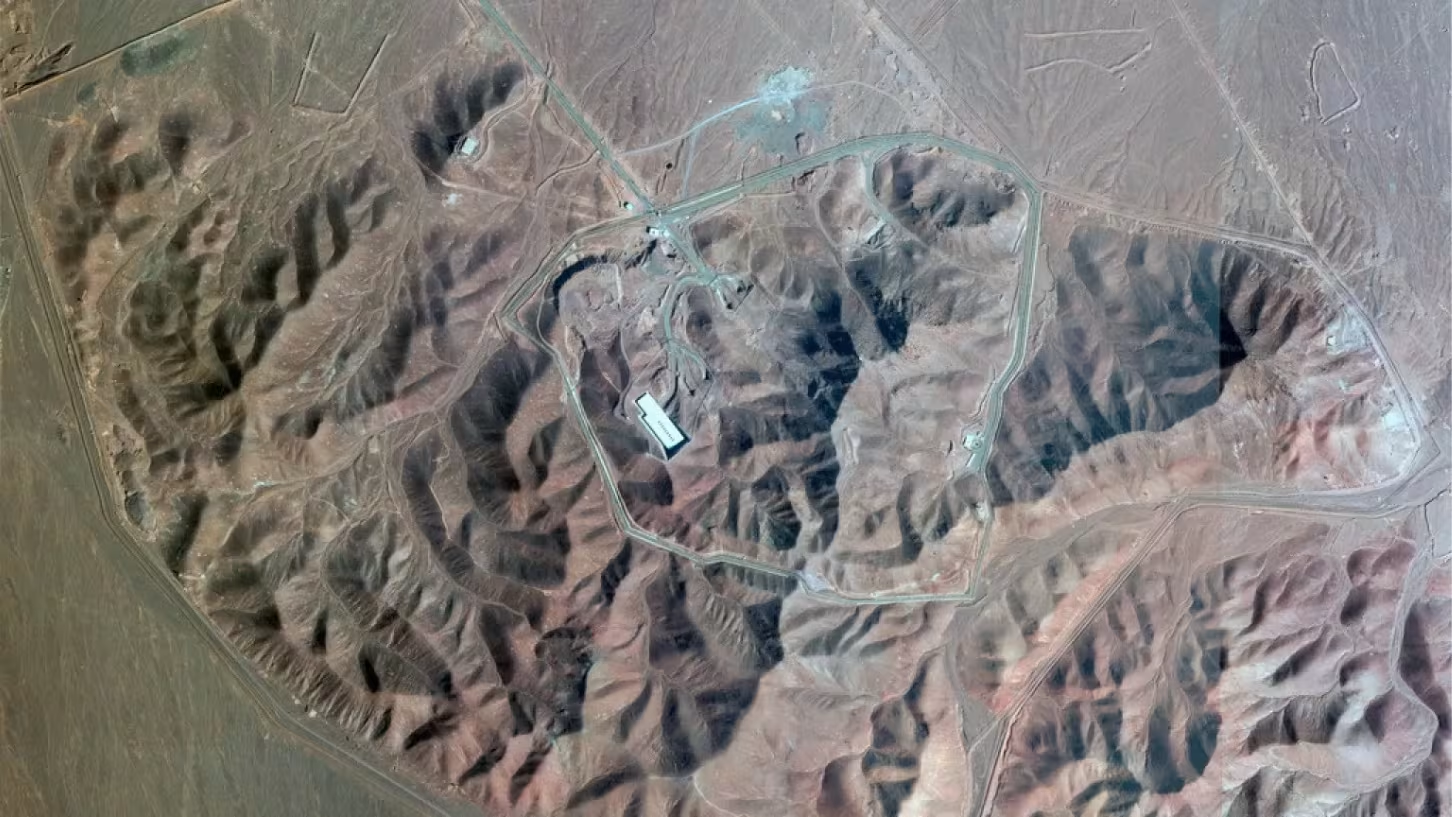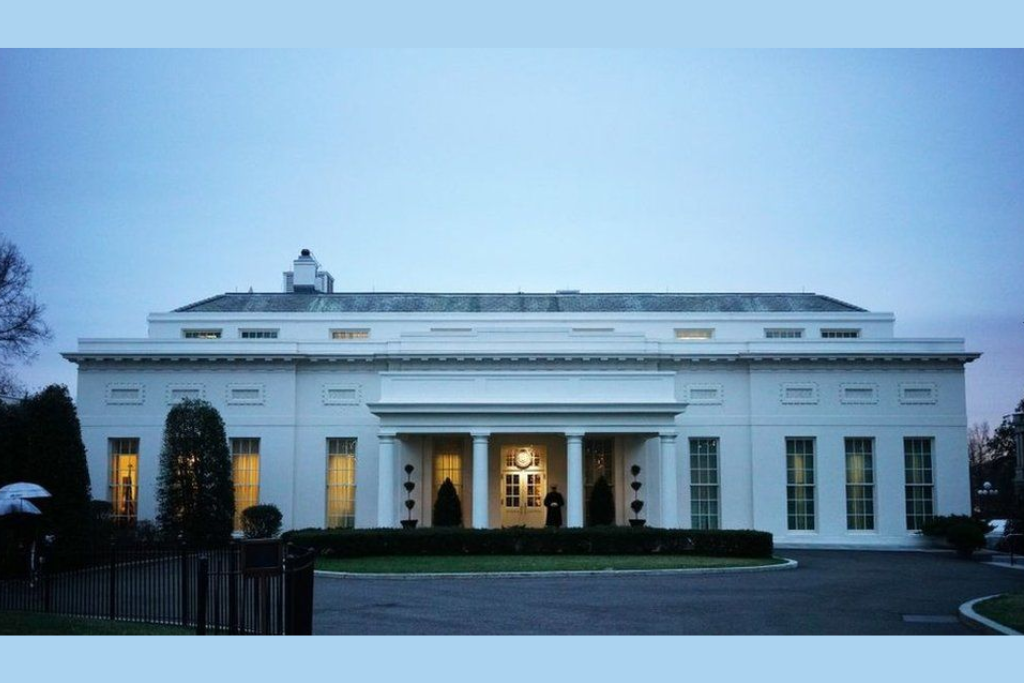The recent US strikes Iran’s nuclear sites have sparked a wave of debate in Washington, Tehran, and capitals around the world. While President Trump and senior U.S. officials praised the operation, citing its decisive nature, a leaked U.S. intelligence assessment suggests the strikes may have only set Iran’s nuclear ambitions back by months rather than obliterating them.
US strikes Iran nuclear sites – What the Intelligence Says
The Defense Intelligence Agency’s preliminary “low-confidence” report evaluated damage to the three primary nuclear facilities at Fordow, Natanz, and Isfahan. According to multiple outlets, including CNN and Reuters, the strike inflicted serious structural damage—blocking facility entrances and damaging above-ground infrastructure—but failed to fully neutralize the subterranean centrifuges and Iran’s enriched uranium stockpile.
Satellite imagery indicates that Iran preemptively relocated highly enriched uranium and sensitive equipment and that many centrifuges in underground chambers remain intact. These findings directly challenge President Trump’s claims on Truth Social, where he asserted the sites were “completely obliterated.” Defense Secretary Pete Hegseth echoed this, describing the operation as a “perfectly executed mission”.
The Official Pushback
The White House, along with Trump allies, has vehemently dismissed the leaked assessment. Press Secretary Karoline Leavitt called the report “flat‑out wrong” and the product of a “low‑level loser” leak aimed at “demeaning President Trump”. On the other hand, contrasting voices, including the International Atomic Energy Agency (IAEA), acknowledge significant damage but stress that subsurface facilities remain unassessed and uranium stockpiles were likely moved before the attack.
Expert Perspectives & Timeline to Recovery
Intelligence officials suggest Iran might resume enrichment operations within “a matter of months”—potentially as soon as one to two months—if all goes smoothly. CBS News also highlighted an earlier national intelligence estimate that Iran was “3 to 8 months from a nuclear weapon,” depending on political and technical conditions.
Experts weigh in with caution:
- Some believe the operation merely delays Iran’s nuclear program and could even incentivize Tehran to accelerate weaponization as a deterrent.
- Others, like David Albright from the Institute for Science and International Security, estimate Ukraine lost thousands of centrifuges, but argue Iran retains enough stockpiled enriched uranium and infrastructure to rebuild.
- The Institute for Science and International Security’s satellite imagery analysis shows structural situs disrupted, but residual materials remain, meaning a full recovery is possible over time.
Broader Implications for Diplomacy and Regional Stability
Despite the operational success, the long-term efficacy of airstrikes as a deterrent remains uncertain. The Biden-era promised diplomacy lay in tatters, while European allies and the IAEA have called for renewed negotiations rather than further military escalation. Iran’s parliament has even floated shutting the Strait of Hormuz in retaliation, though the measure remains pending approval.
Israeli operations, notably “Operation Rising Lion,” also targeted Iran’s nuclear and military infrastructure weeks earlier. That campaign reportedly damaged centrifuge halls at Natanz and eliminated several key Iranian leaders. Experts caution that repeated strikes may backfire by fortifying Iranian resolve and pushing covert efforts deeper underground.
What Comes Next?
Damage assessments: Full intel from all U.S. agencies—CIA, DIA, and military branches—will refine the initial DIA findings.
IAEA involvement: Inspectors must gain access to the sites to verify uranium stockpiles and structural losses.
Diplomatic push: Without dialogue, military actions risk prolonging instability and potential proliferation.
Regional ripple effects: Retaliatory escalation—missile attacks, maritime tensions, or economic disruptions—might follow.
Conclusion
While the US strikes on Iran’s nuclear websites demonstrated navy attain and reason, the initial intelligence shows the impact may be constrained to a temporary setback instead of a definitive neutralization. A complete evaluation—such as on-floor inspections and multilateral diplomacy—will determine whether those strikes can efficiently save Tehran from quickly resuming its nuclear trajectory. Without strong compliance with the up method, the gains can also prove transient, and regional safety remains in balance.



